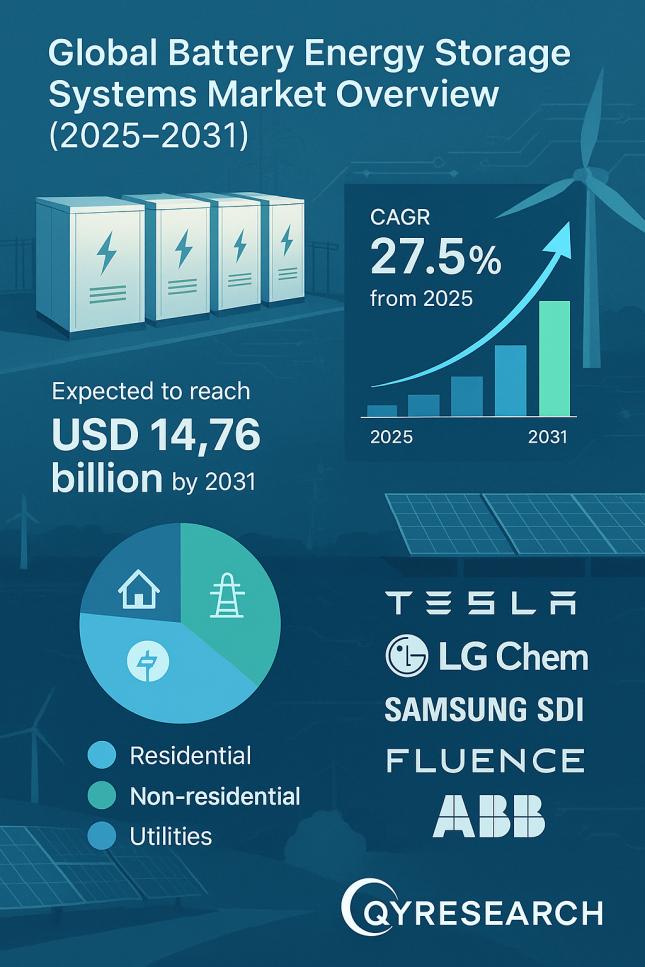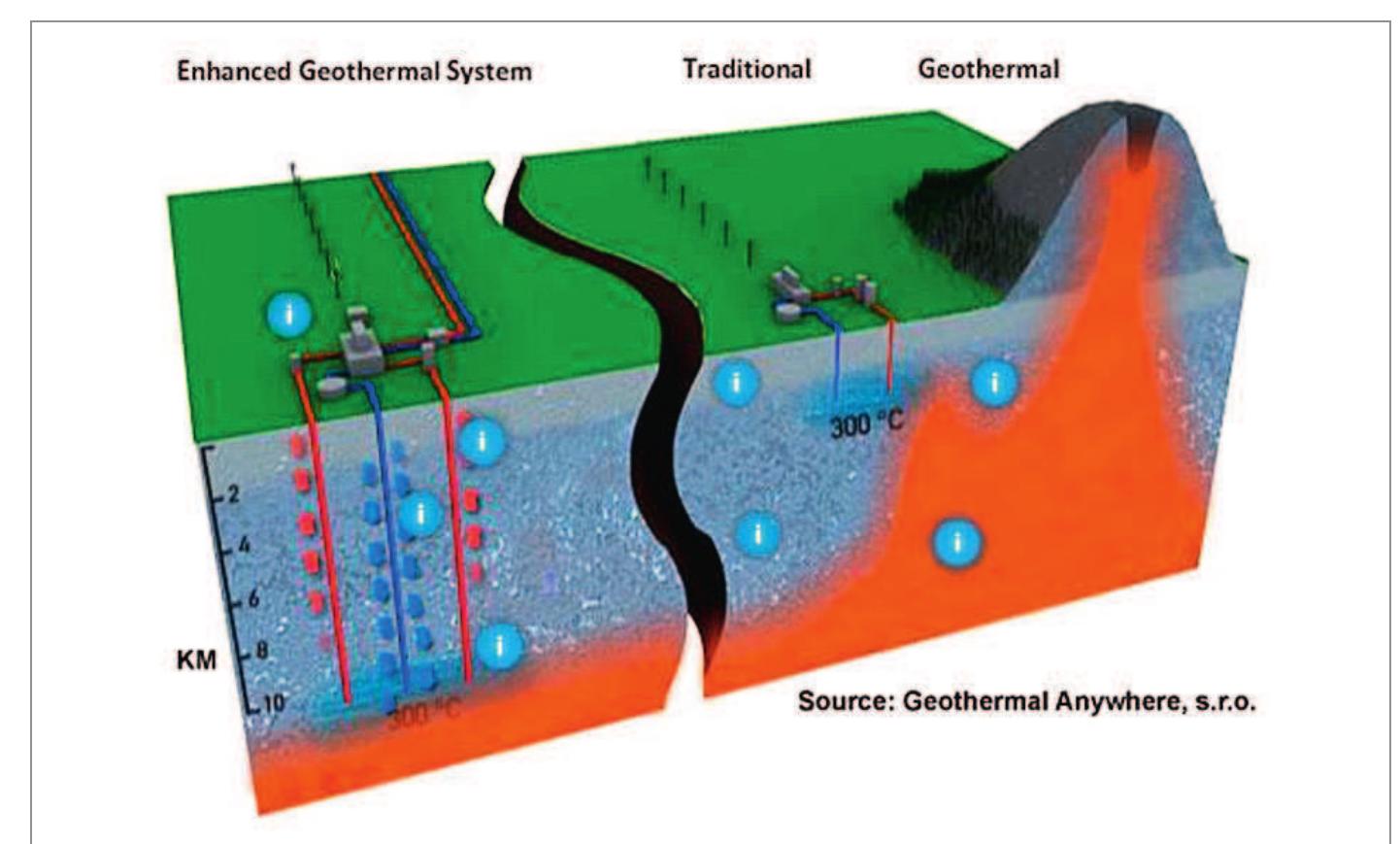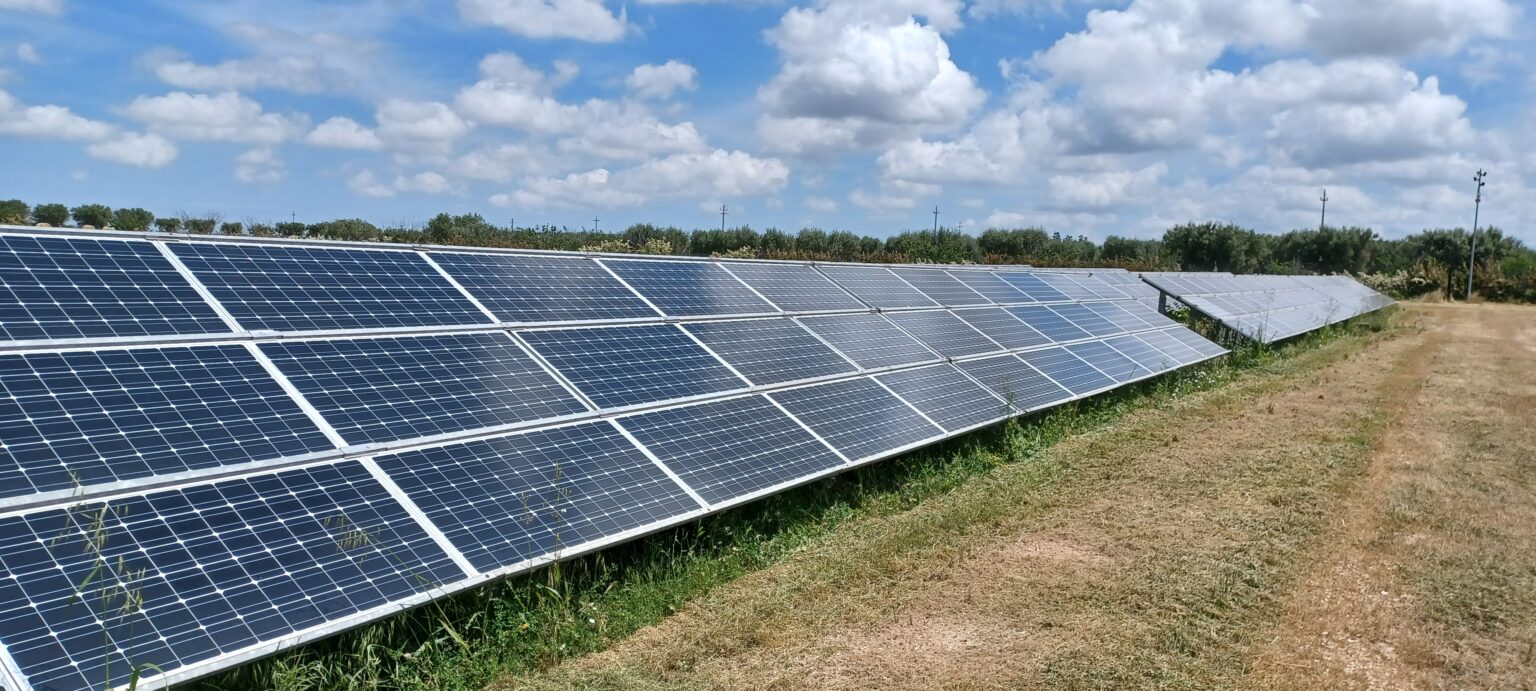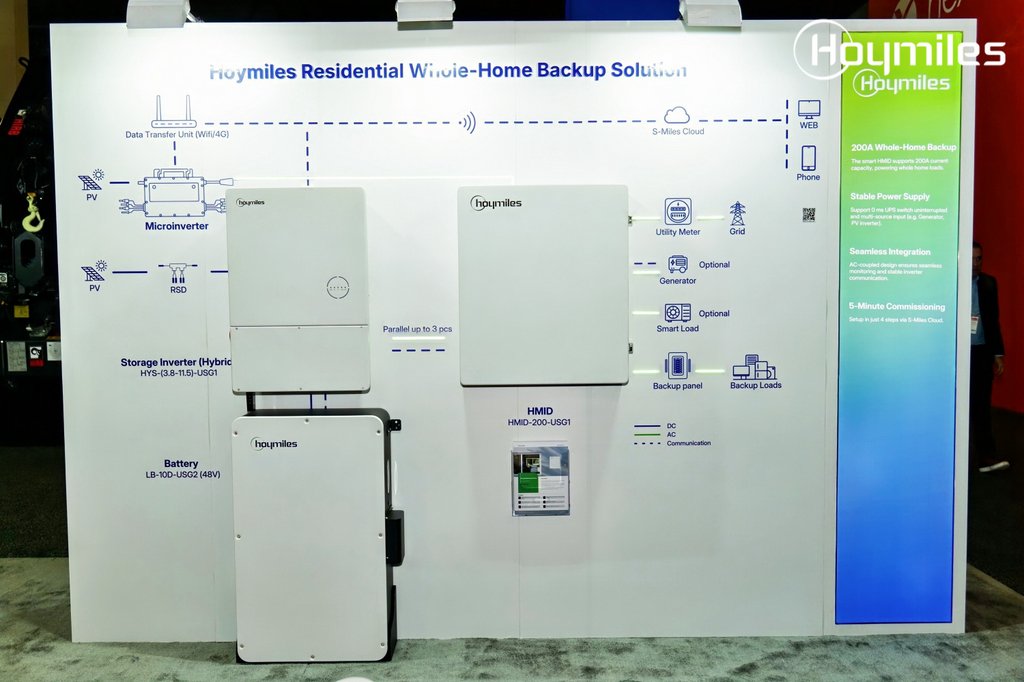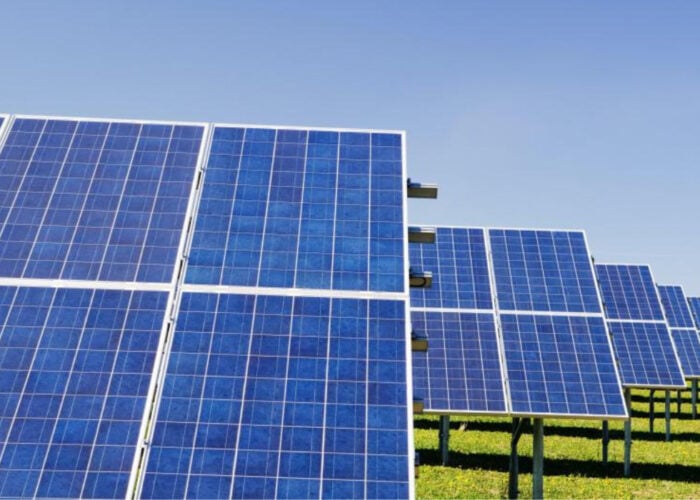Report on Long-Duration Thermal Energy Storage in Sand and Its Alignment with Sustainable Development Goals (SDGs)
Introduction
The National Renewable Energy Laboratory (NREL) in the United States has pioneered a project focused on long-duration thermal energy storage (TES) using sand as a medium. Funded with $2.8 million under the ARPA-E DAYS ENDURING Project, this innovation aims to provide sustainable, cost-effective energy storage solutions that support the global transition to renewable energy systems.
Project Overview and Industry Applications
Initially, the project targeted repurposing assets from decommissioned coal power plants to store thermal energy in sand, leveraging existing infrastructure such as transmission lines, turbines, and silos. This approach supports SDG 7 (Affordable and Clean Energy) and SDG 9 (Industry, Innovation, and Infrastructure) by promoting sustainable industrial transformation.
Industry partners including the New York Power Authority and Homerun Resources, a silica materials company, are collaborating to apply this technology in various sectors. Additionally, sustainable urban planning experts advocate integrating sand TES in district heating systems, aligning with SDG 11 (Sustainable Cities and Communities).
Necessity of Long-Duration Energy Storage
While batteries efficiently handle short-term energy storage, their cost escalates for longer durations. Thermal energy storage in sand offers an economical alternative for multi-day storage, enhancing grid stability and avoiding congestion issues prevalent in developed regions. This supports SDG 13 (Climate Action) by enabling higher integration of intermittent renewable energy sources.
Advantages of Using Sand for Thermal Energy Storage
- Abundance and Low Cost: Sand is widely available and inexpensive, supporting SDG 12 (Responsible Consumption and Production).
- High Thermal Stability: Sand withstands temperatures over 1400°C without degradation, ensuring durability.
- Non-Toxic and Environmentally Friendly: Sand is a safe medium, minimizing environmental risks.
- Scalability: Increasing storage capacity is as simple as adding more sand, facilitating flexible energy solutions.
Synergies Between Silica Calcining and Thermal Energy Storage
Homerun Resources collaborates with NREL to develop a dual-use system where thermal energy storage simultaneously supports the purification of high-purity silica sand through calcination at 1000°C. This innovation enhances economic viability by producing valuable industrial materials while storing energy, contributing to SDG 9 and SDG 12.
- Silica sand is heated and purified during the energy storage process.
- Purified silica is used in ceramics, glassmaking, and solar technologies.
- Heat extracted during purification supports grid energy demands.
- Raw silica batches are successively processed, maintaining continuous energy storage.
Competitive Advantages and Process Flexibility
The integration of silica calcining with TES offers unique benefits:
- Heating costs are minimized as the sand serves dual purposes.
- The calcination process tolerates variable heating cycles, accommodating energy storage demands.
- Thermal energy can be extracted without reversing the purification progress, ensuring process reliability.
- Economic incentives arise from the increased market value of purified silica.
This flexibility supports SDG 8 (Decent Work and Economic Growth) by fostering innovative industrial processes and SDG 7 by enhancing energy system efficiency.
Contribution to Sustainable Development Goals
- SDG 7 (Affordable and Clean Energy): Promotes clean energy storage solutions facilitating renewable integration.
- SDG 9 (Industry, Innovation, and Infrastructure): Encourages repurposing existing infrastructure and developing innovative technologies.
- SDG 11 (Sustainable Cities and Communities): Supports sustainable urban energy systems through district heating applications.
- SDG 12 (Responsible Consumption and Production): Utilizes abundant, non-toxic materials and enhances resource efficiency.
- SDG 13 (Climate Action): Enables reduction of greenhouse gas emissions by supporting renewable energy adoption.
- SDG 8 (Decent Work and Economic Growth): Generates economic opportunities through advanced material processing and energy services.
Conclusion
The NREL-led thermal energy storage in sand project exemplifies a sustainable, innovative approach to addressing global energy storage challenges. By integrating energy storage with industrial silica purification, the initiative advances multiple Sustainable Development Goals, fostering a resilient, low-carbon energy future.
1. Sustainable Development Goals (SDGs) Addressed or Connected
- SDG 7: Affordable and Clean Energy
- The article discusses thermal energy storage technology using silica sand to store renewable energy efficiently and economically, supporting clean energy access and grid stability.
- SDG 9: Industry, Innovation, and Infrastructure
- The development of innovative long-duration thermal energy storage technology and repurposing of coal plant infrastructure aligns with building resilient infrastructure and fostering innovation.
- SDG 11: Sustainable Cities and Communities
- The article mentions smart city planning and sustainable development advice for Toronto, integrating thermal energy storage in district heating systems.
- SDG 12: Responsible Consumption and Production
- The dual use of silica sand for both energy storage and purification for industrial use promotes sustainable resource management and efficient production processes.
- SDG 13: Climate Action
- By enabling better integration of intermittent renewable energy and reducing reliance on fossil fuels, the technology supports climate mitigation efforts.
2. Specific Targets Under Those SDGs Identified
- SDG 7: Affordable and Clean Energy
- Target 7.2: Increase substantially the share of renewable energy in the global energy mix.
- Target 7.3: Double the global rate of improvement in energy efficiency.
- Target 7.a: Enhance international cooperation to facilitate access to clean energy research and technology.
- SDG 9: Industry, Innovation, and Infrastructure
- Target 9.4: Upgrade infrastructure and retrofit industries to make them sustainable, with increased resource-use efficiency and greater adoption of clean and environmentally sound technologies.
- Target 9.5: Enhance scientific research and upgrade technological capabilities of industrial sectors.
- SDG 11: Sustainable Cities and Communities
- Target 11.b: Increase the number of cities adopting integrated policies and plans towards inclusion, resource efficiency, mitigation, and adaptation to climate change.
- SDG 12: Responsible Consumption and Production
- Target 12.2: Achieve sustainable management and efficient use of natural resources.
- Target 12.5: Substantially reduce waste generation through prevention, reduction, recycling, and reuse.
- SDG 13: Climate Action
- Target 13.2: Integrate climate change measures into national policies, strategies, and planning.
3. Indicators Mentioned or Implied to Measure Progress
- Energy Storage Capacity and Efficiency
- Indicator related to the amount of energy (kWh) stored in silica sand thermal storage systems.
- Efficiency of energy conversion from stored heat back to electricity.
- Cost of Energy Storage
- Cost per kWh of thermal energy storage (e.g., under $10/kWh as mentioned for silica sand storage).
- Renewable Energy Integration
- Reduction in grid congestion and increased capacity to absorb intermittent renewable energy.
- Number of thermal energy storage systems implemented in repurposed coal plants or district heating.
- Industrial Resource Efficiency
- Purity levels of silica sand after calcining cycles, indicating improved resource value.
- Volume of silica sand purified using thermal energy storage heat.
- Environmental Impact
- Reduction in fossil fuel use due to improved energy storage and renewable energy utilization.
4. Table: SDGs, Targets and Indicators
| SDGs | Targets | Indicators |
|---|---|---|
| SDG 7: Affordable and Clean Energy |
|
|
| SDG 9: Industry, Innovation, and Infrastructure |
|
|
| SDG 11: Sustainable Cities and Communities |
|
|
| SDG 12: Responsible Consumption and Production |
|
|
| SDG 13: Climate Action |
|
|
Source: solarpaces.org


